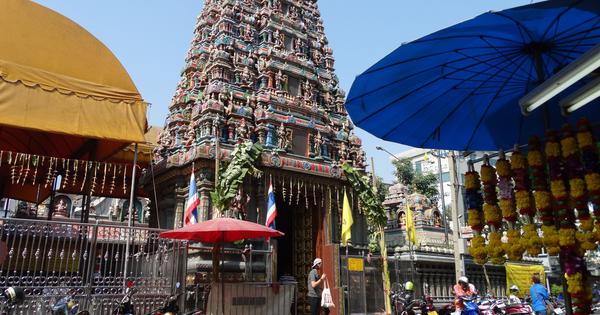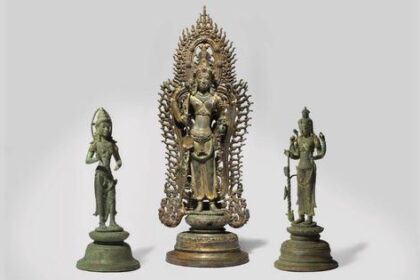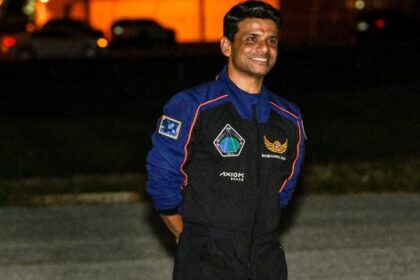Exploring the Mariamman Temple’s cultural significance and evolving role in Bangkok’s diverse community
The Mariamman Temple, located in Bangkok’s bustling Silom district, stands as a testament to the rich cultural history and community spirit of early Tamil migrants. Built in the late 1870s, the temple was established by a group of Indians who purchased land on Silom Road. Initially designed as a modest Indian pavilion named Sala Sri Mari Amman, it has since evolved into a vibrant spiritual center that reflects the blending of various cultural influences.
Over the years, the temple has transitioned from being a space exclusively for Hindus to a welcoming sanctuary for individuals of all ethnicities and religions. A sign at the temple’s entrance notes its dedication to Goddess Uma, consort of Shiva, and highlights its historical significance, although it omits the name of its founder, Vaiti Padayatchi, a Tamil immigrant.
India’s historical ties with Southeast Asia date back centuries, and Thailand has always been home to small Indian communities. The arrival of British colonialists in India catalyzed a new wave of Indian immigration, particularly among Tamils who sought opportunities in Thailand. Academic A Mani, in his book “Indian Communities in Southeast Asia,” describes how these early Tamil migrants primarily engaged in cattle trading and precious-stone mining. Their presence in Thailand grew substantially after the 1856 Anglo-Thai Treaty, which liberalized trade, allowing more Indians to settle in the region.
As Bangkok developed under King Mongkut’s leadership, British entrepreneurs and their Tamil subordinates contributed to various infrastructure projects, including irrigation and banking. By the 1870s, Silom had become an unofficial Tamil neighborhood, leading to the temple being colloquially known as Wat Kaek, a name that persists today. This reflects how integral the temple was to the Tamil community, which was predominantly male, as many men married local women from the Mon community, further intertwining cultural identities.
Despite the gradual erosion of the Tamil language among mixed families, the Mariamman Temple remained a vital institution for cultural preservation. It was managed by newly arrived Tamil individuals until World War II, and as late as 1951, the temple had an all-Tamil speaking management committee. However, as the Tamil community integrated further into Thai society, they began to see an influx of worshippers from Uttar Pradesh, who referred to the temple as Sri Maha Umadevi Temple. This shift led to tensions, culminating in the establishment of a separate temple by Uttar Pradesh migrants in the 1920s.
Currently, the temple retains its Tamil roots, with priests hailing from Tamil Nadu, while its visitors have diversified significantly. Many Thais and ethnic Chinese frequent the temple, often seeking divine assistance with personal matters. The worship of Hindu deities, including Ganesha, is common in Thailand, which contributes to the temple’s popularity among locals. During festive occasions, Indian expatriates and Thais of Indian descent also visit in large numbers, celebrating ancient traditions like Dushera or Navaratri, which are performed annually at the temple.
As the Mariamman Temple continues to thrive, it remains a unique blend of cultural identities and spiritual practices, embodying the historical journey of the Tamil community in Bangkok and its enduring significance in the city’s multicultural landscape.








